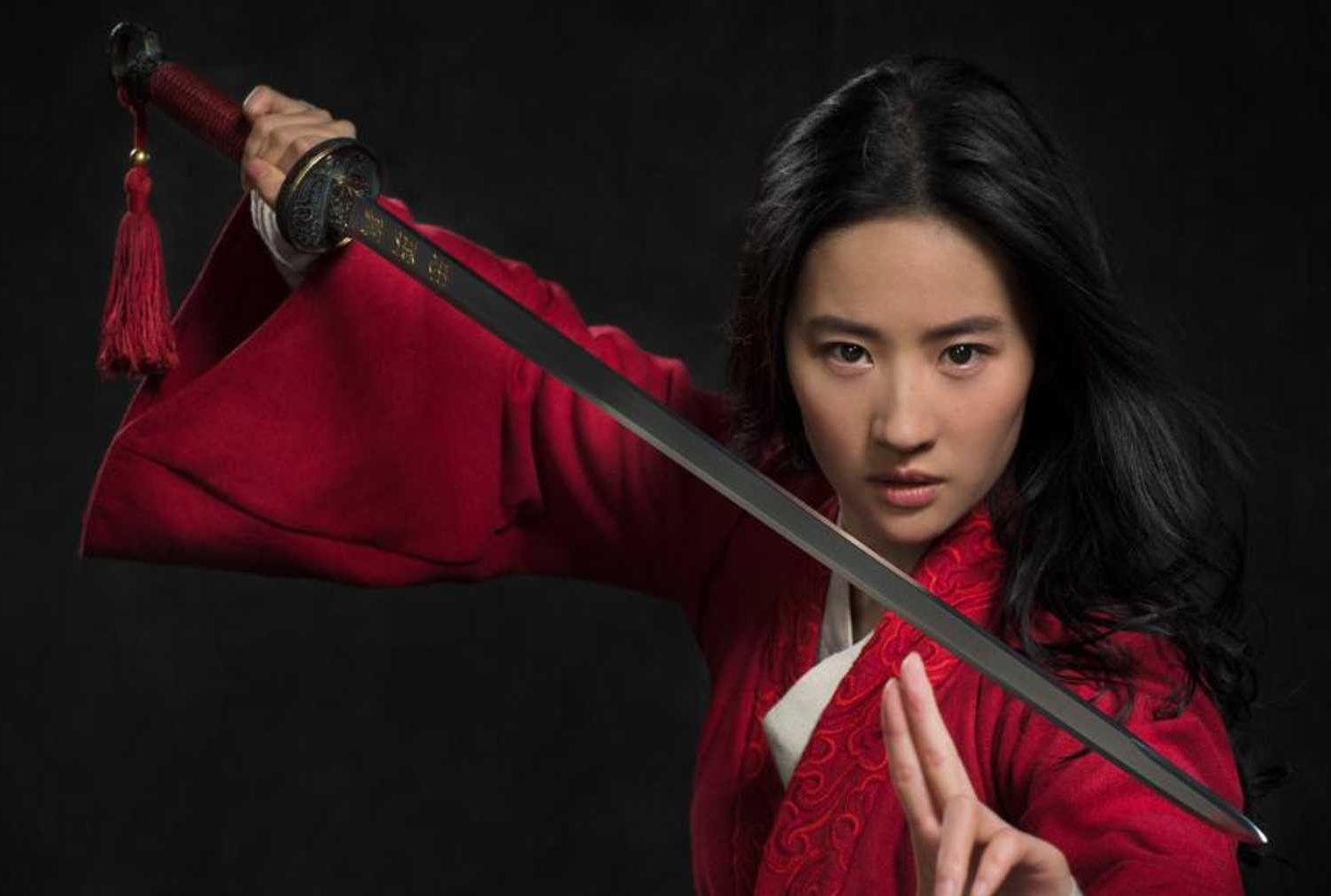The year 2019 is the year of nostalgia, revisiting everyone’s favorite childhood Disney movies from the sequel “Toy Story 4” to the live-action remakes of “Dumbo,” “Aladdin” and “The Lion King.” Continuing this year’s series of remakes, Disney dropped a new trailer for, yet another, live-action adaptation — this time for “Mulan.”
A few days after the release the “Mulan” trailer, Disney also announced the casting for the live-action remake of “The Little Mermaid.” Ariel, the legendary mermaid princess, will be played by the R&B singer Halle Bailey, who happens to be black.
With the Chinese origins of “Mulan” and Bailey as the new Princess Ariel, Disney is undoubtedly forging a new path with this new wave of Disney films. While the original animated movies continue to hold a special place in our childhood memories, this new set of live-action remakes define a new era for Disney.
Disney’s live-action “Mulan” stars Chinese actress Crystal Liu YiFen. The trailer, released in early July, has gained popularity amongst Chinese citizens. Variety magazine reported that many Chinese fans have expressed their excitement for the upcoming film and are thrilled to see Chinese representation in a major motion picture, one fan commenting that, “This is the ‘Mulan’ of my dreams.”
The article added that the hashtag “Hua-Mulan” on Weibo, the Chinese social media engine equivalent of Twitter, has garnered more than 1.5 billion views. However, others put a damper on the enthusiasm and criticized the production for not accurately depicting the timeline of Mulan’s story. Disregarding the historical accuracy of the film, the movie symbolizes something greater for Disney’s cinematic world.
In an MTV article, the author noted that the movie “Mulan” should satisfy both Asian Americans and Chinese citizens. However, for Asian Americans, who grew up in the United States, the visual representation of Asians in movies is limited, with “Mulan” being one of the few. Therefore, asking for an accurately detailed production of the film should not be as important as retelling a story that reflects our current age and ideologies.
https://www.instagram.com/p/Bzv0d8rlQi-/?utm_source=ig_web_copy_link
With that being said, “The Little Mermaid” will also transcend these traditional expectations. When Disney announced that Bailey would play the new Ariel, there were mixed reactions — one critique being that Bailey, who is an African American, did not resemble the 1989 animated Ariel, who was a fair-skinned redhead (as the original fairytale is Danish).
https://www.instagram.com/p/BzeENK2HFL4/?utm_source=ig_web_copy_link
Nonetheless, fans and critics mostly praised Disney and defended its casting decision. The company is undoubtedly charging toward a more progressive and inclusive community for the old classics.
People should praise instead of criticize Disney’s move in casting Bailey as Ariel in the live-action adaptation of “The Little Mermaid.” Even though the original story takes place in Denmark, it is still a fictional tale and should be open to alterations.
In an official statement titled “An open letter to the Poor, Unfortunate Souls” released by Freeform, Disney’s young adult television network, Disney defended its choice and pointed to Bailey’s talent. The letter said that she is “incredible, sensational, highly-talented, gorgeous” and too perfect for the role to pass up.
https://www.instagram.com/p/BzeAQCcgwQu/?utm_source=ig_web_copy_link
The film’s director, Rob Marshall, also added his thoughts about the potential Bailey brings to the role. He stated that she “possesses that rare combination of spirit, heart, youth, innocence, and substance — plus a glorious singing voice — all intrinsic qualities necessary to play this iconic role.”
Despite the backlash pressure to remake “The Little Mermaid” as it is originally told in the 1989 animation, the live-action remake can be just as successful and even more meaningful to the new generation in the current era.
Additionally, in the past, Disney animation films skewed the portrayal of their female characters as damsels in distress. This is not Disney’s fault because these types of stories worked in the past. However, societal standards and gender characterization have come a long way since then.
This idea that girls need to be saved is outdated. To keep up to date with the portrayal of gender, Disney’s live-action remakes are also revamping their storylines to reintroduce the characters in a new light.
Including more diverse and colorful actors to portray traditional, well-loved characters allows Disney to follow the changing times of society. They are asserting a message that anyone, regardless of race, color or ethnicity, can be any Disney character.
For example, not only is Bailey portraying Princess Ariel, Awkafina, the Asian American comedian and actress from “Crazy Rich Asians,” will be voicing Sebastian the crab. By diversifying the characters, Disney is conveying individualism and acceptance for all through childhood classics.
For the upcoming “Mulan” live-action adaptation, not only will more Asian faces enter the big screen but the movie will also emphasize the underlying message of the importance of sharing Asian American narratives.
While many disagreed with the writers’ decision to cut out the important role of Mushu, it might be a good thing. Without Mushu as Mulan’s sidekick, it further emphasizes her role as an independent female warrior, where guidance from another male voice is irrelevant.
This change allows feminism to shine bright and illustrate a good message for young girls everywhere, especially young Asian American girls. The movie is a chance for a new wave of representation to spread the idea of the importance of being strong and courageous regardless of gender.
For these two classic children’s stories to be told in a new fashion proves that Disney is changing its storytelling techniques and objectives. As a global network and company, Disney is an ambassador for teaching and inspiring children all around the world. Engraving the ideas of diversity and acceptance in these kids at a young age will gear our world to a better version of itself.
Disney’s original animations are nostalgic, but the main messages are outdated. Therefore, Disney’s changes in “Mulan” and “The Little Mermaid” are justified in order to reflect our changing times. Not many of us grew up with as much diversity on screen when we were younger, but that doesn’t mean it’s too late to start now. Better late than never.
“Mulan” is set to release in March 2020, while “The Little Mermaid” is still in the stages of casting. Rumor has it that Harry Styles, the British pop singer of One Direction fame, will be joining the cast, but Disney has not confirmed it.
















